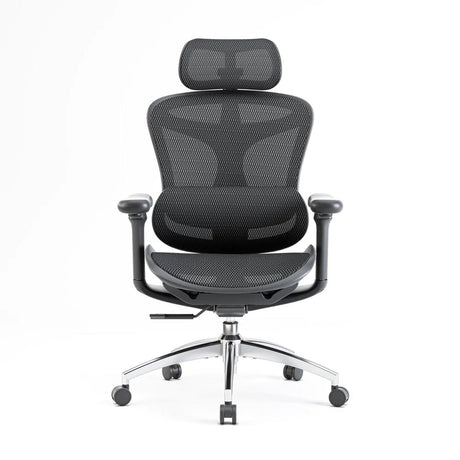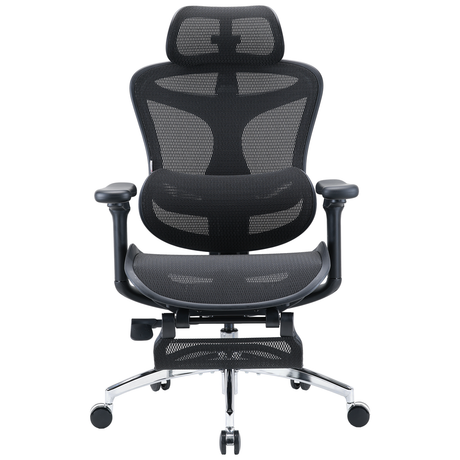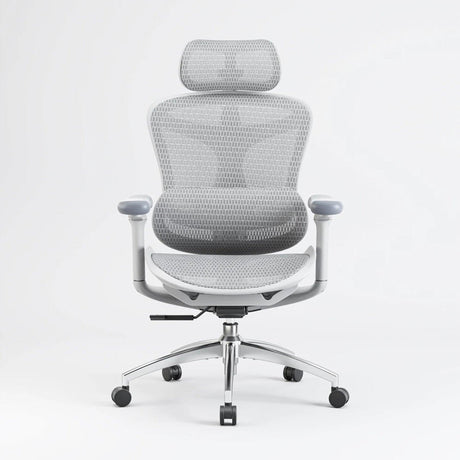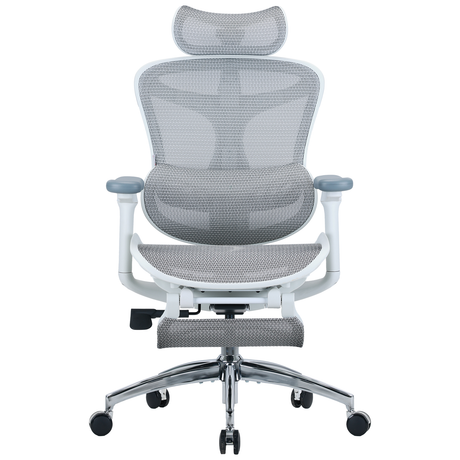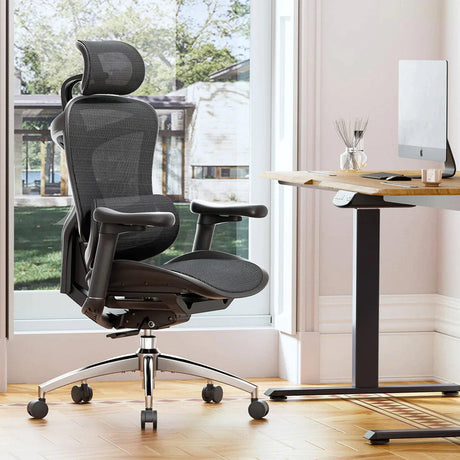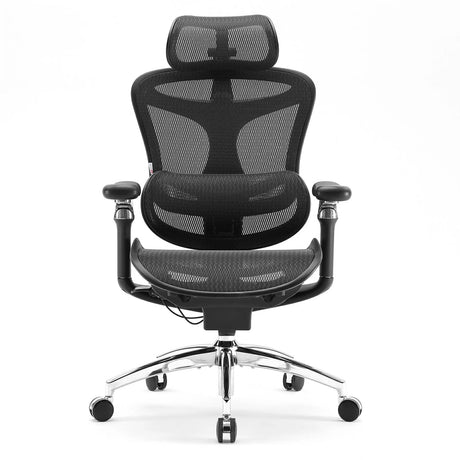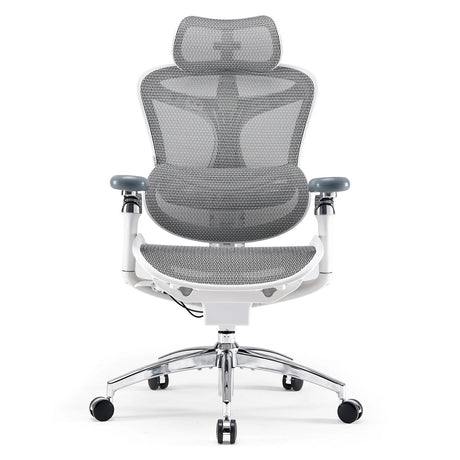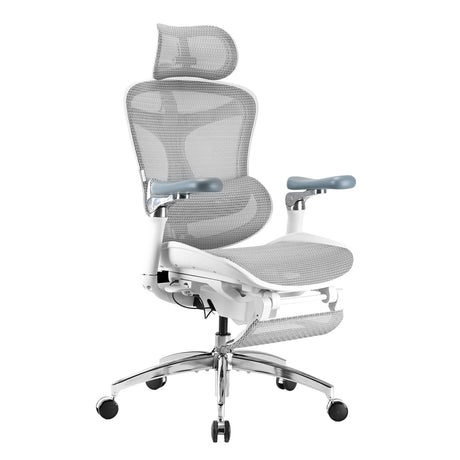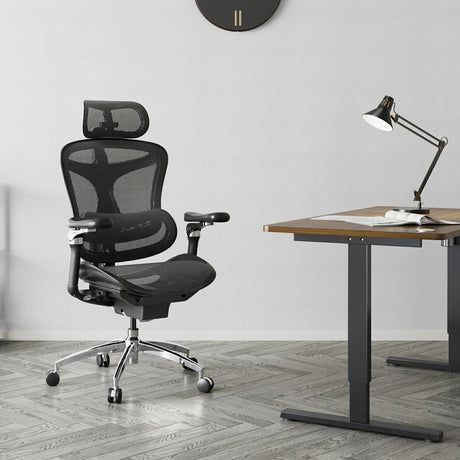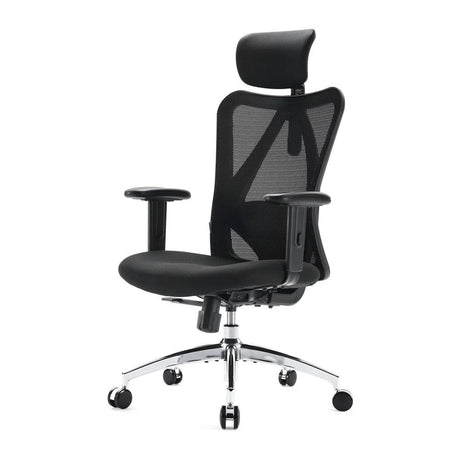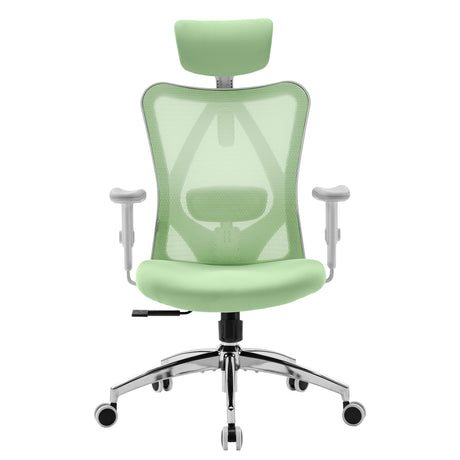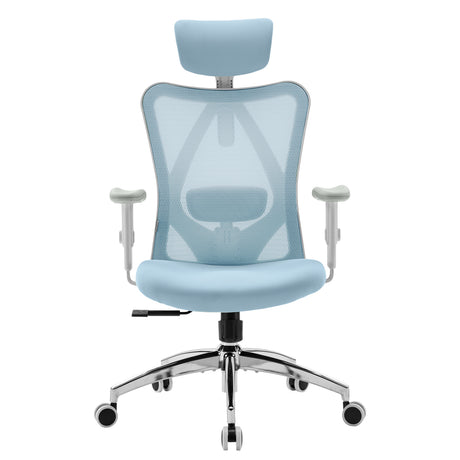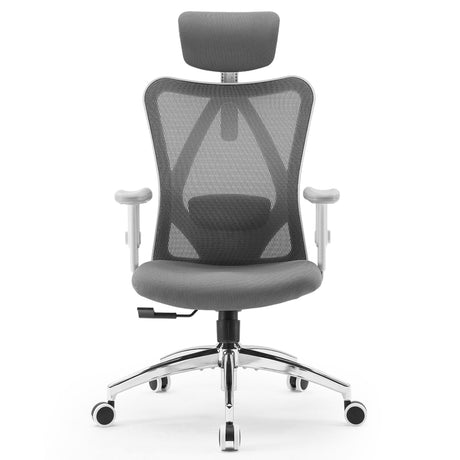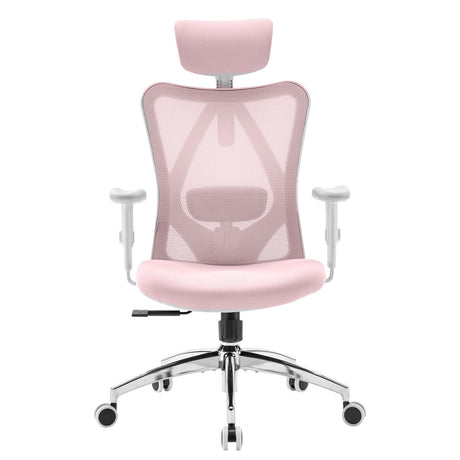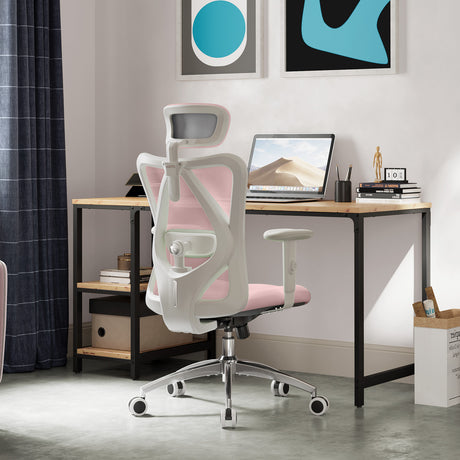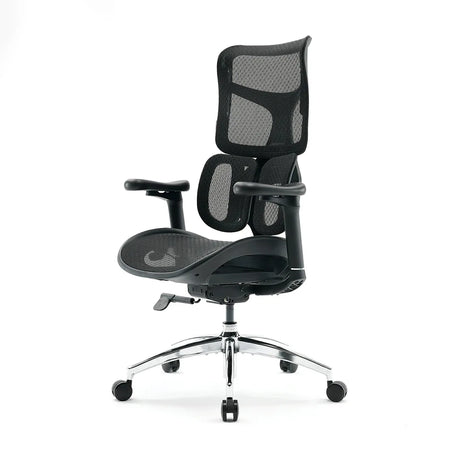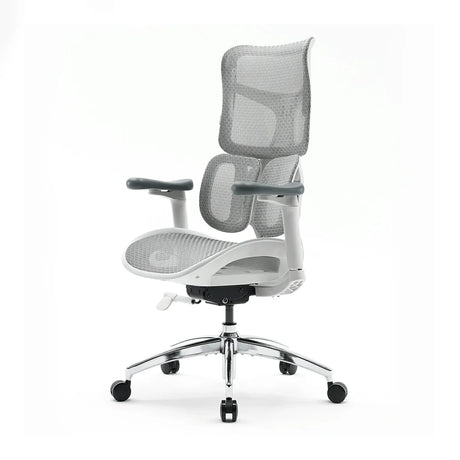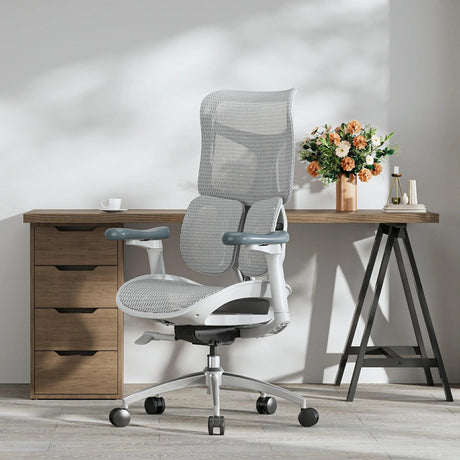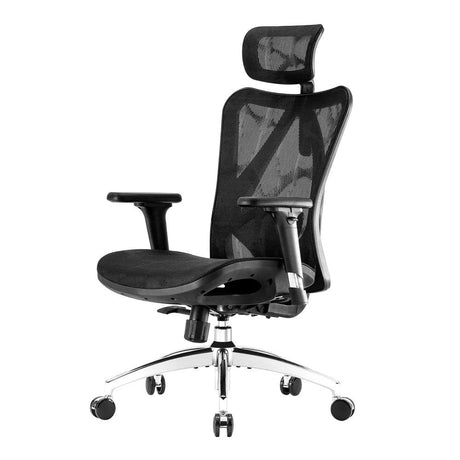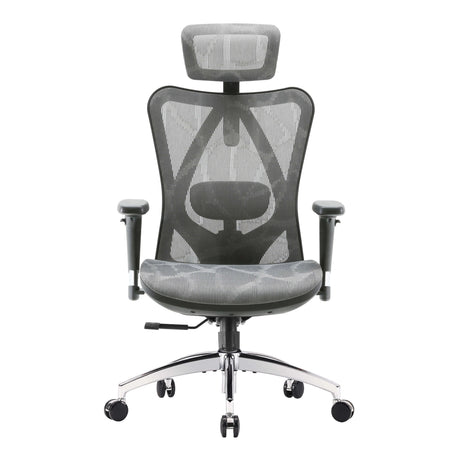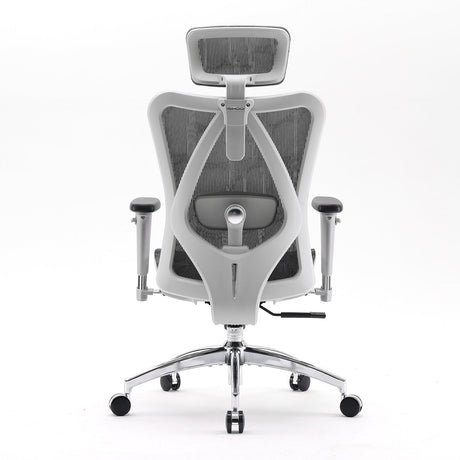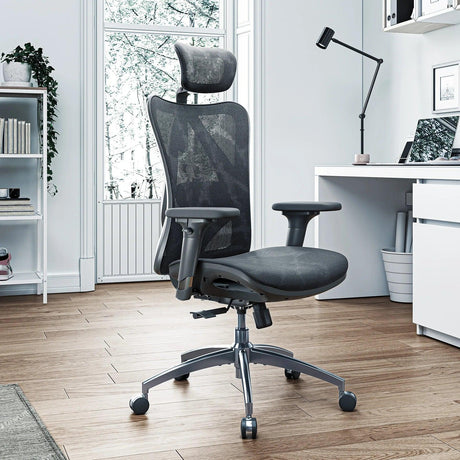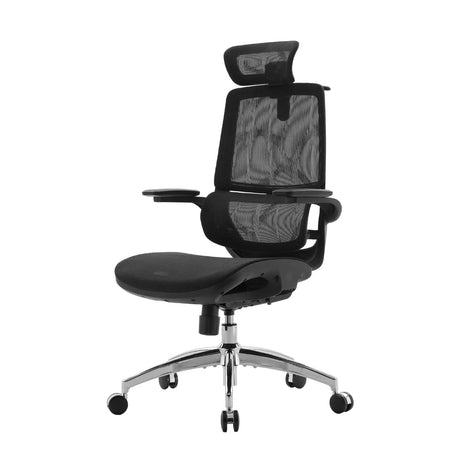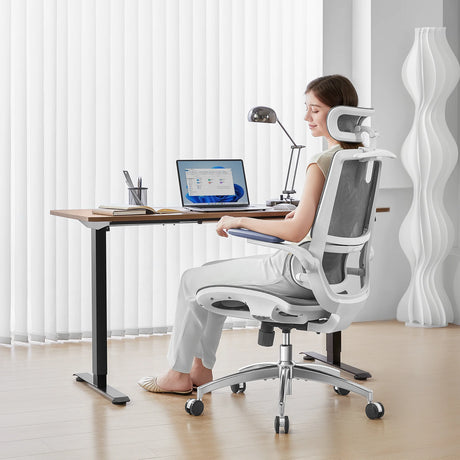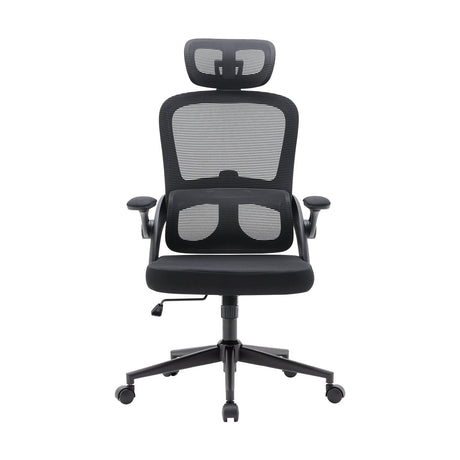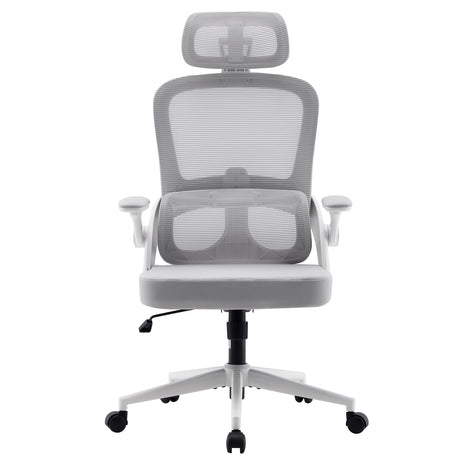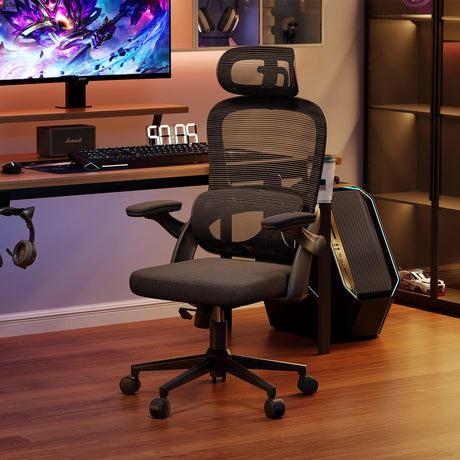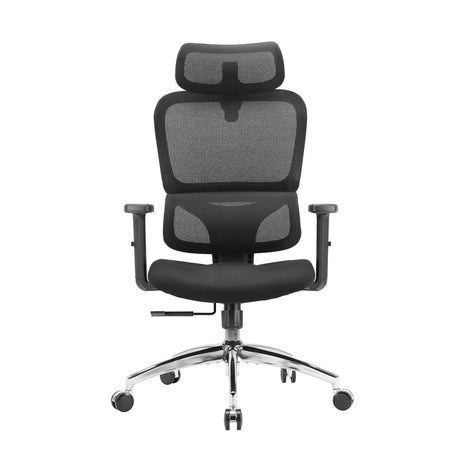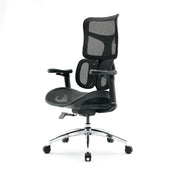For most people, sitting in a chair seems like the simplest thing in the world. You pull up a seat, adjust your posture, and carry on with your task. But for individuals with Attention-Deficit/Hyperactivity Disorder (ADHD), this seemingly ordinary act can be surprisingly complex. The experience of sitting still—especially for extended periods—can trigger discomfort, restlessness, and mental fatigue.
This article explores how people with ADHD sit in chairs, why sitting can be challenging, and how proper ergonomics, movement, and design adaptations can support focus, comfort, and well-being. We’ll also look at practical seating strategies, suitable chair types, and evidence-based insights from occupational therapy and ergonomics research.
Understanding ADHD and the Challenge of Sitting Still
Before discussing how people with ADHD sit, it’s important to understand why sitting can feel so different for them.
ADHD is a neurodevelopmental condition characterized by symptoms of inattention, hyperactivity, and impulsivity. These traits often manifest physically as fidgeting, shifting posture, or constant movement. For many individuals with ADHD, sitting still feels unnatural—almost like resisting an internal current urging them to move.
1. The Role of Hyperactivity and Energy Regulation
Hyperactivity in ADHD isn’t always about running or bouncing off walls. It can also appear as subtle movements—like tapping feet, wiggling fingers, shifting in a seat, or playing with objects. These actions serve a self-regulatory purpose: they help maintain alertness and concentration.
In a static position, energy may build up internally, creating discomfort. Movement offers a release that helps regulate the body’s need for stimulation.
2. The Neurological Perspective
From a neurological standpoint, people with ADHD have differences in dopamine and norepinephrine regulation, neurotransmitters that influence attention, motivation, and reward. Physical movement can trigger small boosts in these chemicals, helping sustain engagement in otherwise sedentary activities.
That’s one reason why fidgeting or adjusting posture can actually help individuals with ADHD maintain focus—rather than being purely a sign of distraction.
3. The Environmental Context
Modern environments—offices, classrooms, remote work setups—often demand long periods of sitting. Unfortunately, many of these spaces are designed for neurotypical comfort, not for the sensory and attentional needs of ADHD minds.
Traditional chairs may not allow enough movement or flexibility, leading to discomfort and cognitive fatigue over time.
Common Sitting Behaviors of People with ADHD
When you observe how someone with ADHD sits, you may notice patterns of constant adjustment or nontraditional postures. These behaviors often have practical or sensory reasons. Below are some typical patterns.
1. Frequent Shifting and Position Changes
Many people with ADHD rarely stay in one position for long. They might:
- Cross and uncross legs frequently.
- Sit on one leg or both feet tucked under them.
- Lean forward, then recline, then perch on the edge of the seat.
- Pivot or rock slightly in their chair.
This rhythmic repositioning helps them maintain alertness and comfort. A rigid sitting posture often feels restrictive or even painful.
2. Using the Chair as a Movement Tool
Some people treat their chair almost like an instrument for stimulation. They might:
- Spin on a swivel chair.
- Bounce slightly if the chair has suspension or flex.
- Tilt back or use rocking motions to self-soothe.
- Rest elbows or knees in unusual ways to distribute tension.
What looks like “restlessness” is often a strategy to manage sensory input and maintain concentration.
3. Perching or Half-Sitting
Instead of sitting fully back, individuals with ADHD may perch on the edge of the seat. This semi-engaged posture gives a feeling of readiness and control—less confinement, more flexibility. However, prolonged perching can lead to fatigue in the legs and lower back if the chair isn’t designed for it.
4. Standing Up Frequently
Sitting for long durations may cause physical unease, so frequent breaks are common. Standing up, stretching, or pacing helps release built-up energy.
In workplaces or study environments, this can sometimes be mistaken for distraction—but it’s often an essential regulation mechanism.
Why Traditional Chairs Don’t Work Well for ADHD
Traditional office or classroom chairs are often built for static postures: straight back, flat seat, feet on the floor, and minimal movement. For people with ADHD, this setup can quickly become unbearable.
1. Static Design Restricts Natural Movement
ADHD brains crave micro-movement to stay engaged. A rigid chair design suppresses that impulse, creating both physical tension and mental restlessness.
2. Sensory Discomfort
People with ADHD often experience heightened sensory sensitivity. Hard seats, stiff fabrics, or non-breathable materials can create discomfort that constantly draws attention away from tasks.
3. Poor Ergonomic Fit
Chairs designed for a “one-size-fits-all” posture don’t accommodate different sitting preferences. ADHD users might need dynamic lumbar support, flexible backrests, or armrests that move in multiple directions to align with their frequent repositioning.
4. Mental Overload from Physical Discomfort
Even minor discomforts can increase cognitive load. When energy is spent trying to suppress movement or find a tolerable position, less attention remains for actual work or learning tasks.
The Role of Ergonomics in Supporting ADHD Sitting Patterns
Ergonomics is about designing environments that fit human behavior, not forcing humans to adapt unnaturally. For ADHD, dynamic ergonomics—supporting movement, flexibility, and sensory balance—is key.
1. Dynamic Seating
Dynamic or “active” chairs allow micro-movements while sitting. Examples include:
- Ergonomic chairs with flexible backrests (Best Office Chairs for People with ADHD).
- Saddle or balance chairs that encourage gentle rocking.
- Stability ball chairs that engage the core muscles.
These options help ADHD users satisfy the need for motion without leaving the workstation.
2. Adjustable Support
Adjustability is essential. Features that benefit ADHD users include:
- Seat depth adjustment, accommodating perching or reclining postures.
- 6D or 4D armrests, allowing support regardless of sitting angle.
- Adaptive lumbar support, adjusting automatically as users shift.
- Smooth height and tilt control, giving instant posture changes.
3. Sensory Comfort
Soft, breathable mesh materials or gently contoured cushions prevent overheating and tactile discomfort. Some individuals prefer firmer surfaces for sensory grounding; others prefer plush cushioning for relaxation. Offering options is vital.
4. Encouraging Movement Breaks
Even the best chair can’t replace movement. Ergonomic environments for ADHD should encourage transitions—from sitting to standing, stretching, or walking. Combining a high-quality chair with a standing desk provides an ideal setup for alternating postures throughout the day.
Strategies for Sitting Comfortably with ADHD
While every individual’s experience varies, several strategies can make sitting more manageable for those with ADHD.
1. Create a Movement-Friendly Workspace
- Use chairs with swivel and recline functions to accommodate fidgeting.
- Add footrests or balance boards for subtle leg movement.
- Try textured cushions or fidget objects for tactile regulation.
- Use standing desks to alternate between positions.
2. Incorporate Regular Physical Breaks
Set timers or reminders to stand, stretch, or walk every 30–45 minutes. This not only helps manage hyperactivity but also improves blood circulation and posture.
3. Adopt Flexible Postures
Don’t fight the urge to shift. Instead, embrace varied sitting positions while maintaining spinal alignment. A supportive ergonomic chair can adapt to these changes without causing strain.
4. Minimize Sensory Irritants
Avoid fabrics or textures that cause distraction. Keep the workspace visually and auditorily balanced—some people with ADHD prefer quiet corners, while others need mild background sound to stay focused.
5. Optimize Lighting and Environment
Bright, balanced lighting reduces fatigue, while personal touches (plants, art, or warm tones) create comfort and stability—important for ADHD minds that thrive on stimulation but dislike chaos.
6. Use Active Sitting Tools
For example:
- Wobble stools allow rocking without tipping.
- Balance cushions introduce subtle instability to engage focus.
- Foot fidget devices help channel restlessness discreetly.
7. Practice Body Awareness
Regularly check in with your body:
- Are your shoulders tense?
- Is your lower back supported?
- Are your feet grounded or dangling?
These small adjustments prevent discomfort before it escalates.
ADHD, Posture, and Long-Term Health
Prolonged poor posture or ill-fitting chairs can lead to back pain, joint strain, and circulation issues. For ADHD users, who may already shift frequently, the risk is different—not from stillness, but from unsupported variability.
1. The Back and Lumbar Region
Frequent leaning or slouching without lumbar support stresses spinal discs. Chairs with self-adaptive lumbar systems can prevent chronic lower back pain.
2. The Neck and Shoulders
Constant forward-leaning (common during intense focus or hyperfixation) tightens shoulder and neck muscles. Ergonomic headrests and adjustable back angles reduce strain.
3. Circulation and Leg Comfort
Sitting on one leg or perching can impede circulation over time. Chairs with waterfall seat designs—rounded front edges—help reduce pressure behind the knees, promoting healthier blood flow.
Choosing the Right Chair for ADHD
When selecting a chair for ADHD, think beyond aesthetics. The ideal chair should adapt to movement, support posture, and reduce sensory discomfort.
Here are essential features to look for:
- Dynamic lumbar support – adjusts automatically to different postures.
- Flexible backrest – follows your spine’s movement.
- Seat depth adjustment – accommodates both perching and reclining.
- Highly adjustable armrests (4D or 6D) – move with your body.
- Breathable mesh material – prevents overheating and tactile irritation.
- Smooth, weight-sensing recline system – promotes natural movement.
- Stable yet flexible base – for safety and controlled motion.
Ergonomic models like the Sihoo Doro S300 or Sihoo Doro C300 integrate these elements, combining support with dynamic freedom—making them well-suited for ADHD sitting patterns.
How Movement Improves Focus for ADHD
Contrary to traditional assumptions, movement doesn’t always equal distraction. For ADHD brains, movement supports focus.
Studies show that allowing subtle fidgeting or rocking increases task engagement and reduces off-task behaviors. This happens because kinesthetic activity stimulates brain areas linked to attention control.
In other words, sitting “improperly” might actually be the most productive posture for someone with ADHD.
The Psychological Side of Sitting
Sitting posture also affects emotional regulation. A rigid, uncomfortable position can amplify irritability or anxiety, while relaxed, supported postures promote calm and self-control.
For ADHD individuals, finding a “safe” chair—one that accommodates constant readjustment—can foster a sense of autonomy and acceptance, rather than shame for being unable to “sit still.”
Designing ADHD-Friendly Work and Study Spaces
A chair alone can’t fix the challenges of ADHD sitting—it must be part of a holistic environment. Consider these design principles:
- Variety of seating types – combine ergonomic chairs, standing desks, bean bags, and floor cushions.
- Zones for movement – include areas where one can pace or stretch without judgment.
- Sensory balance – use soothing colors, minimal clutter, and consistent textures.
- Lighting flexibility – allow dimming or natural light options.
- Noise management – offer headphones or quiet corners to control sensory input.
How Parents and Educators Can Support ADHD Seating Needs
In schools or at home, understanding how children with ADHD sit can transform learning experiences.
- Allow movement breaks without punishment.
- Offer flexible seating (wobble chairs, standing desks, soft stools).
- Avoid forcing stillness—encourage self-awareness instead.
- Use supportive language: “Let’s find a comfortable position that helps you think,” rather than “Sit still.”
When students are empowered to move naturally, their attention, confidence, and performance often improve dramatically.
FAQs About ADHD and Sitting
1. Why can’t people with ADHD sit still?
Because of differences in dopamine regulation and sensory processing, stillness often feels uncomfortable. Movement helps self-regulate attention and energy.
2. Is fidgeting bad for people with ADHD?
Not at all. Controlled fidgeting is a healthy coping mechanism that supports focus and reduces stress. It only becomes problematic if it’s disruptive or unsafe.
3. What type of chair is best for ADHD adults?
An ergonomic chair with dynamic lumbar support, adjustable armrests, and flexible backrest—ideally one that promotes movement rather than restricts it.
4. How can I help my child with ADHD sit through homework?
Provide options: an adjustable chair, a foot fidget, or a standing desk. Break tasks into shorter intervals and encourage short movement breaks.
5. Can ergonomic chairs really improve focus for ADHD?
Yes. When physical discomfort and restlessness are minimized, cognitive energy can be directed toward the task at hand.
6. Are balance balls good chairs for ADHD?
They can help for short periods, as they promote active sitting, but lack lumbar and arm support for longer use. A hybrid ergonomic chair is better for full-day comfort.
7. What’s the connection between posture and ADHD symptoms?
Poor posture can worsen fatigue, irritability, and inattention. Supportive posture—achieved through ergonomic design—reduces these secondary symptoms.
Final Thoughts
People with ADHD don’t sit “wrong”—they sit differently, driven by genuine physiological and neurological needs. Understanding this difference is essential to creating supportive environments—whether at work, school, or home.
The key lies in movement, flexibility, and comfort. Chairs that allow active sitting, promote natural posture shifts, and reduce sensory irritation can make a remarkable difference in daily functioning.
When ergonomics meets empathy, sitting becomes less of a struggle—and more of a foundation for productivity, focus, and well-being.


